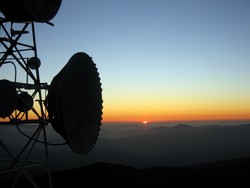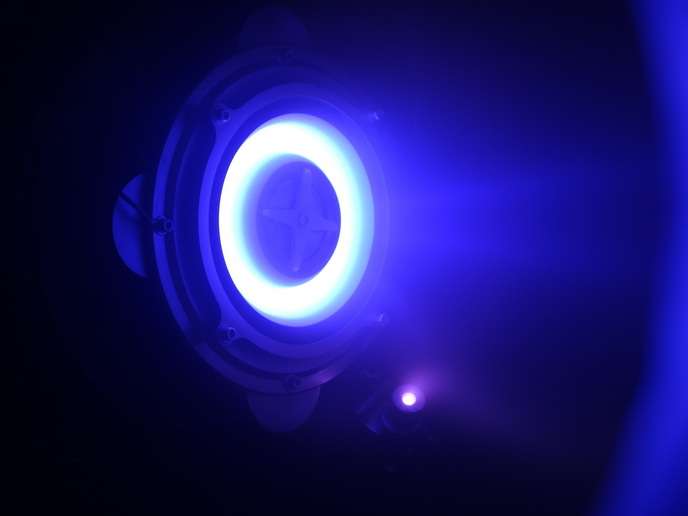Galactic archaeology with metal-poor stars
The massive amount of data that was made available by the Gaia-European Southern Observatory (ESO) public spectroscopic survey requires the development of sophisticated models of galaxy formation and evolution. This need becomes more pressing with detailed observations expected by the European Space Agency's (ESA) Gaia mission. Within the EU-funded project GAIASPECTROSCOPY (Advanced stellar spectroscopy in the Gaia era), scientists focused on the galactic halo. This is a complex system calling for an approach with successive steps, starting with its substructures and, in particular, the globular cluster. A small fraction of its stars share the same characteristics of second-generation stars. Scientists looked into the origin of low-metallicity stars with a peculiar chemical composition in the galactic halo and disc. From the few hundreds of halo stars observed in the first months of the Gaia-ESO survey, they isolated one star at the base of the red giant branch. 22593757-4648029 showed aluminium enhancement and shortage of magnesium compatible with the most extreme cases detected. The star's chemical abundance and kinematic properties were compared to stars in the outer regions of our galaxy. Scientists concluded that 22593757-4648029 could not have been tidally removed from any of the globular clusters of similar metallicity. It is possible, however, that it was ejected with high speed from ω Centauri in the last billion years. This kind of study is fundamental to constrain the parameters of theoretical models of the formation and evolution of the galaxy. GAIASPECTROSCOPY made significant breakthroughs towards the solution of this difficult problem. The results have been published in high-impact peer-reviewed journals and presented at international conferences.







